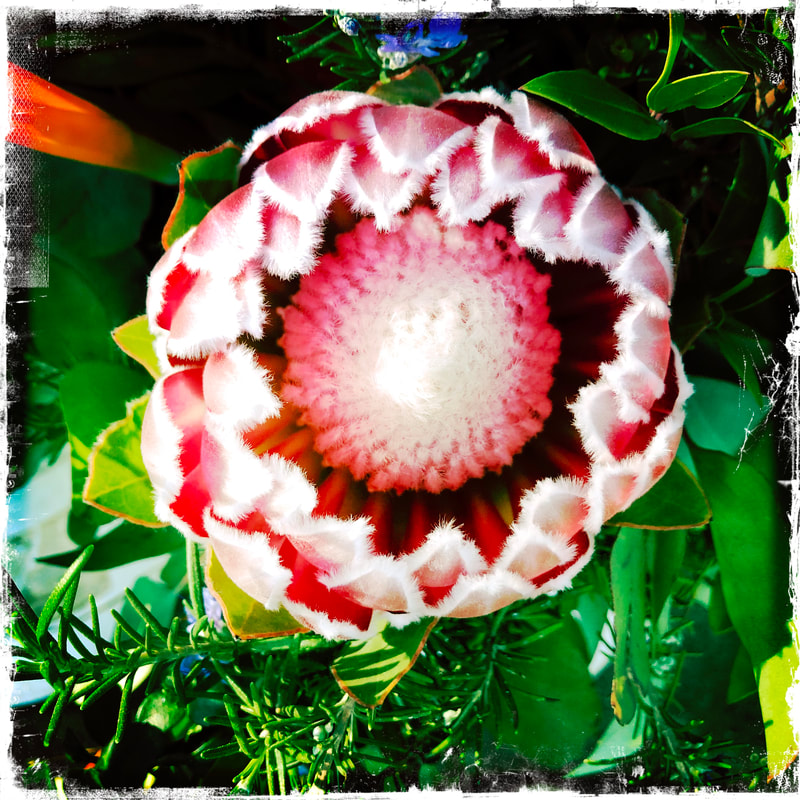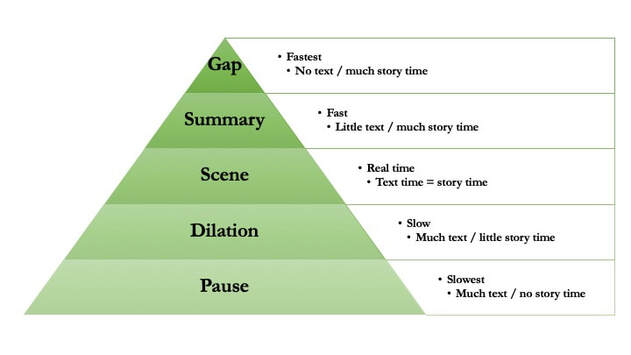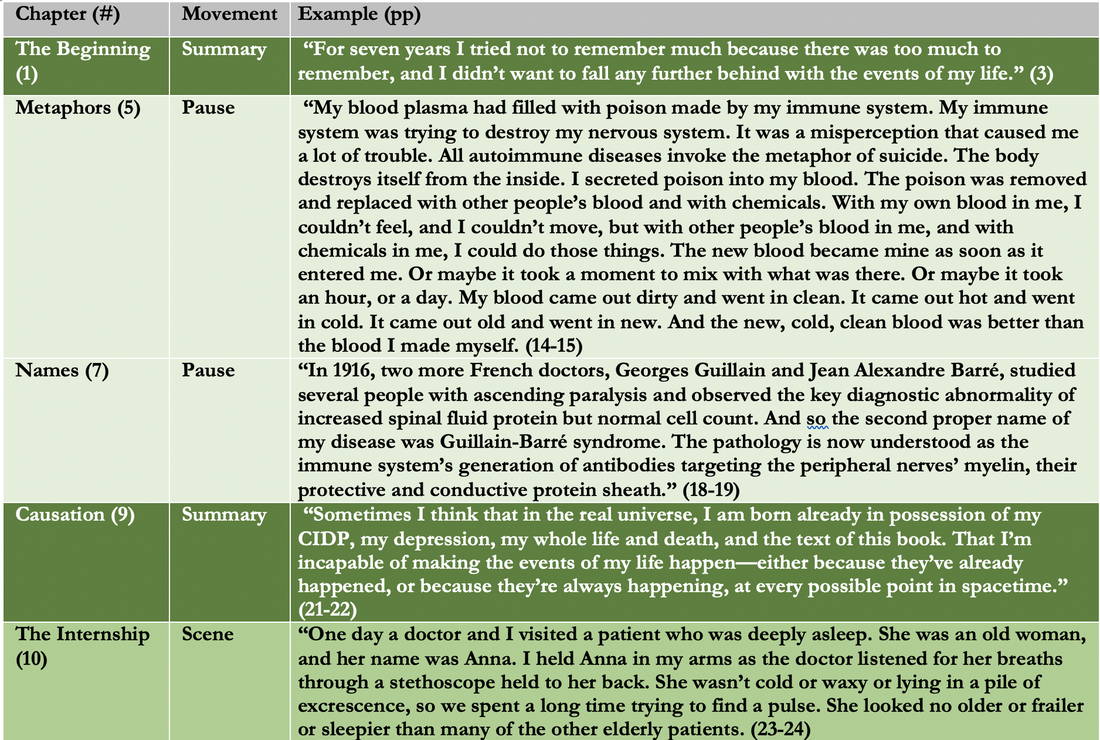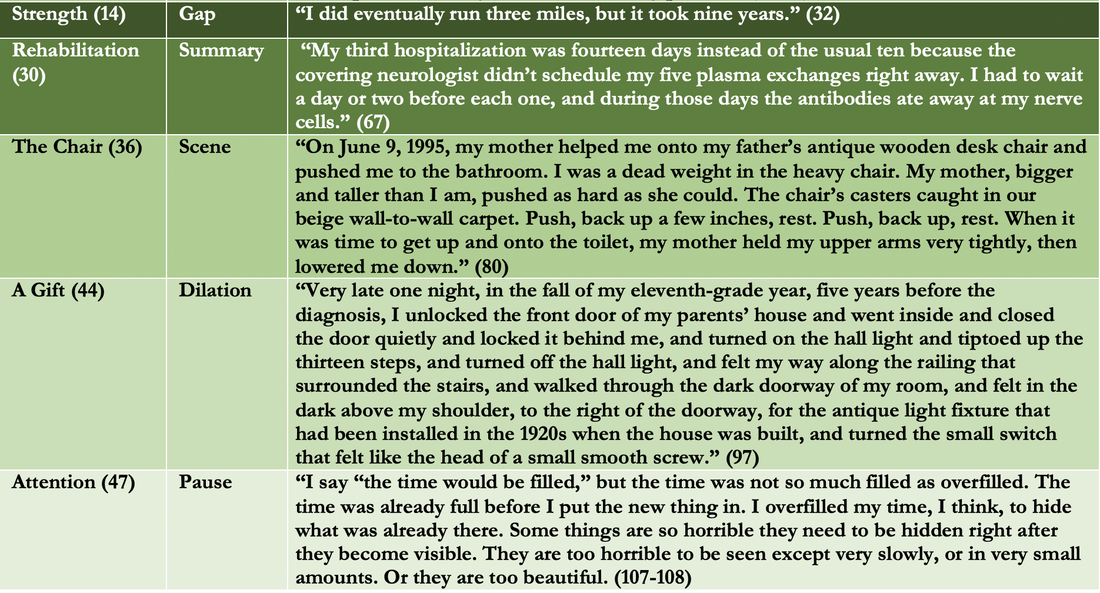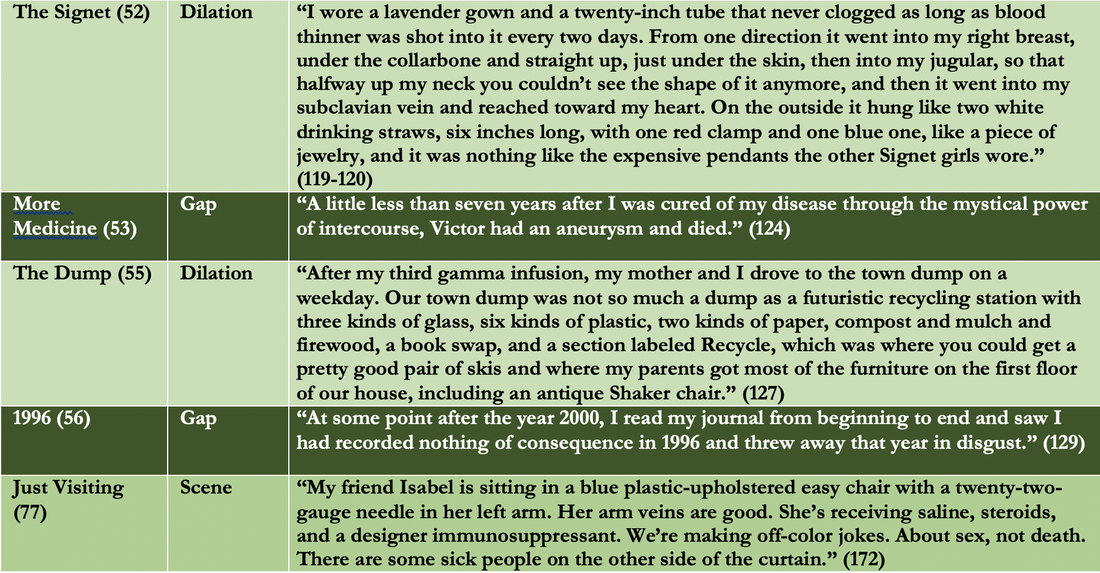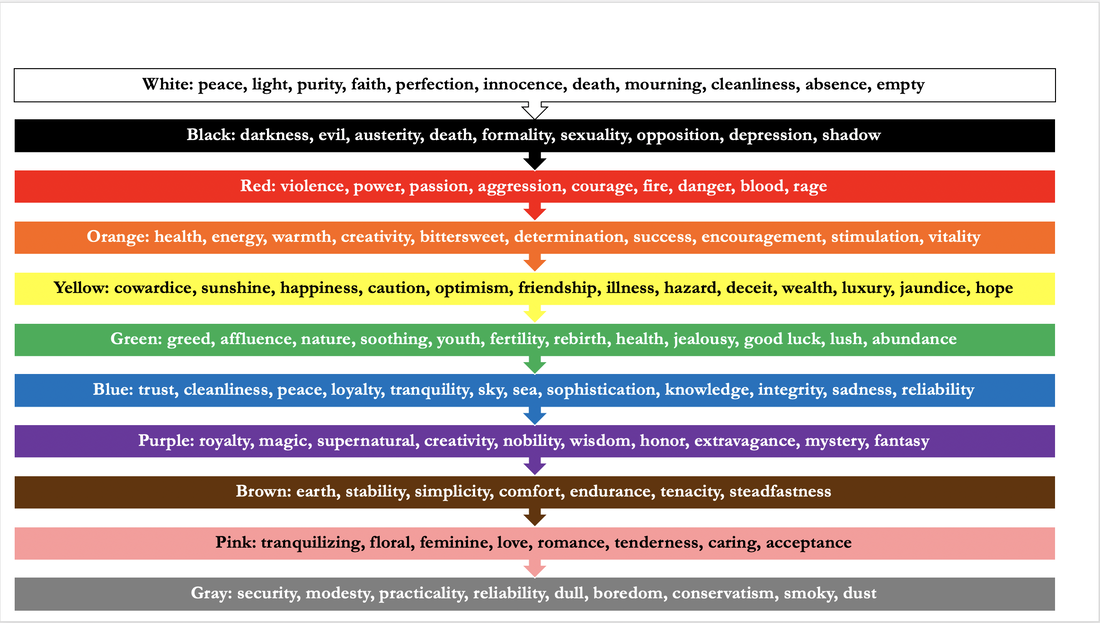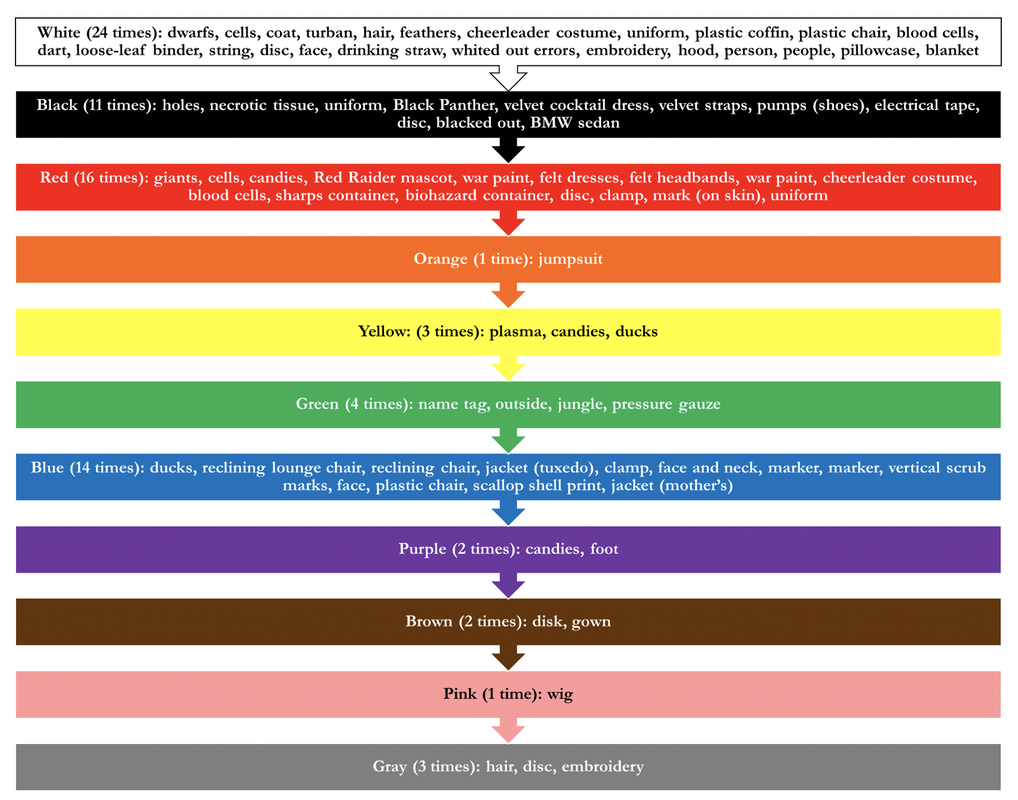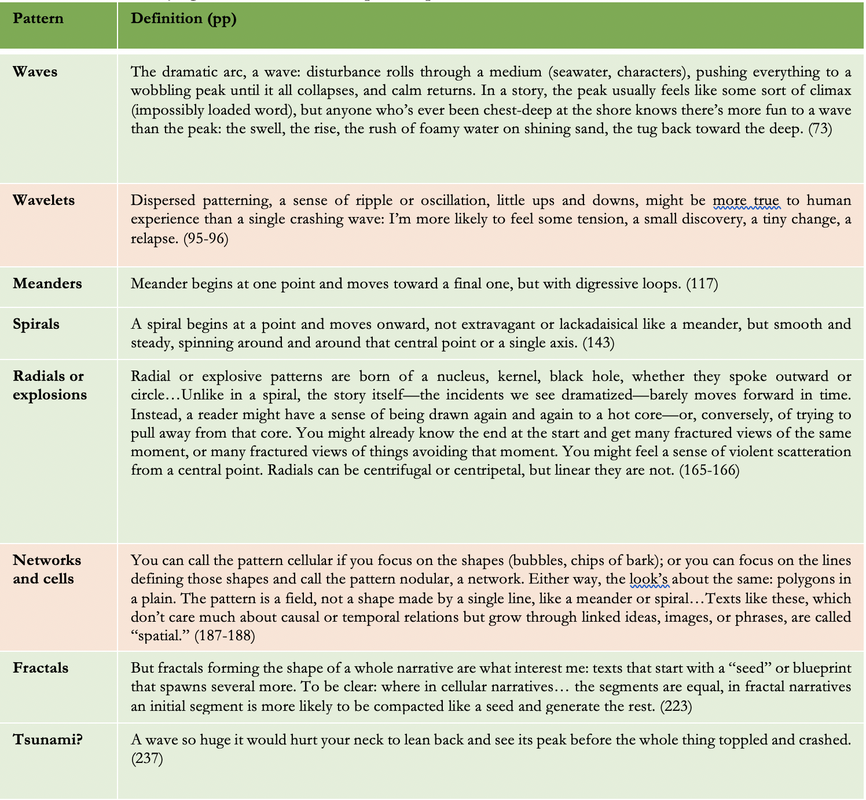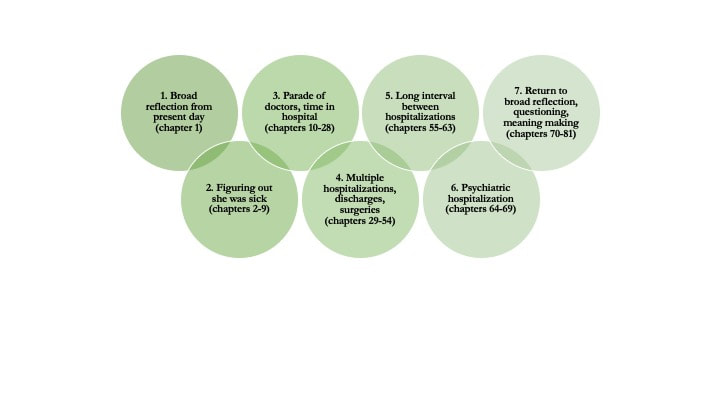ASSAY: A JOURNAL OF NONFICTION STUDIES
7.2
7.2
|
“How can I stop thinking about the disease long enough to write about anything else?
How can I stop thinking about everything else long enough that I can write about the disease?” – Sarah Manguso, The Two Kinds of Decay
|
|
Kara Zivin earned her PhD and MS at Harvard University, her MA and BA at Johns Hopkins University, and her MFA at Vermont College of Fine Arts. She is Professor of Psychiatry, Obstetrics and Gynecology, and Health Management and Policy at the University of Michigan; Research Career Scientist at the Department of Veterans Affairs; and Senior Health Researcher at Mathematica, located in Ann Arbor, Michigan. Dr. Zivin aims to increase public awareness about and influence policy addressing behavioral health conditions by combining research expertise (data) and personal narrative (story).
|
